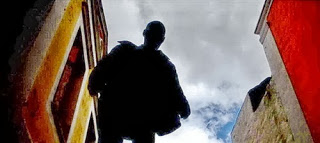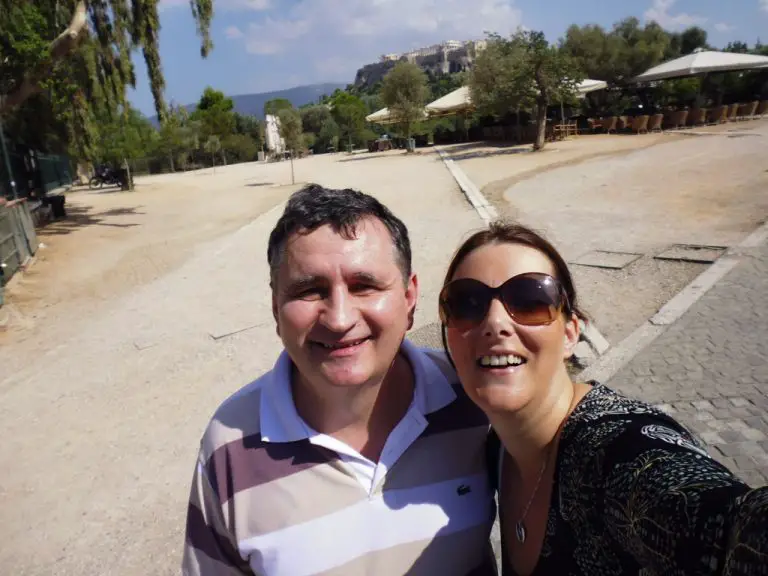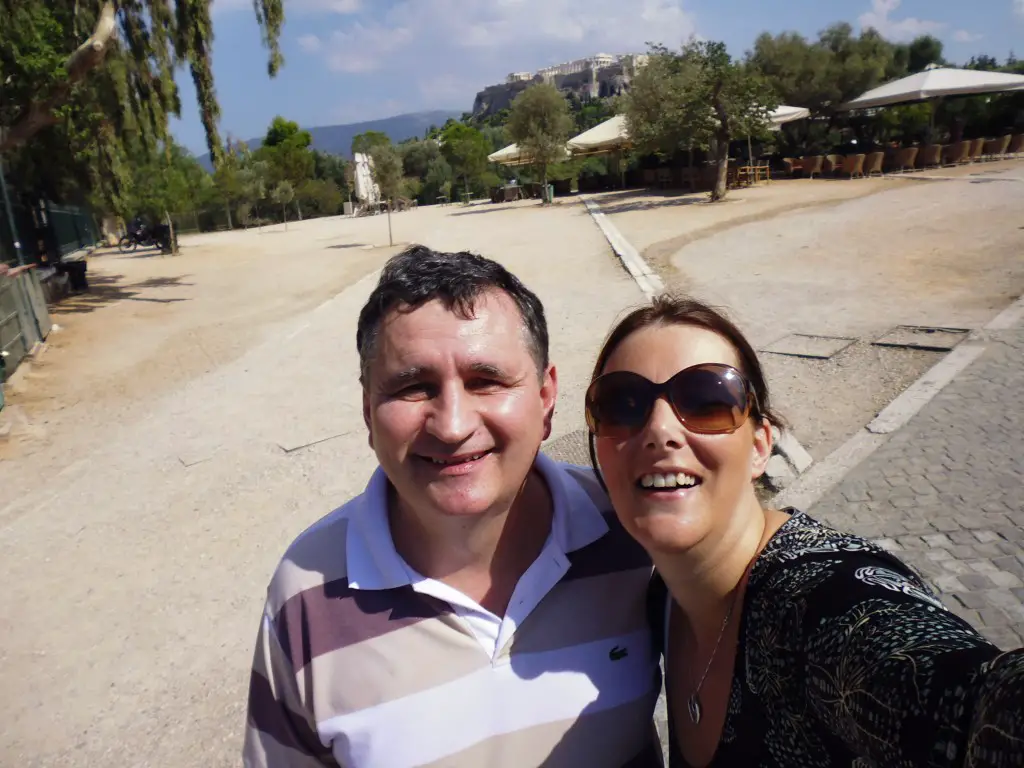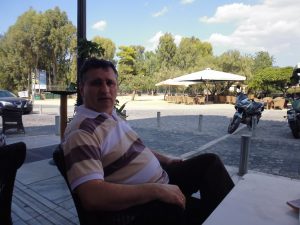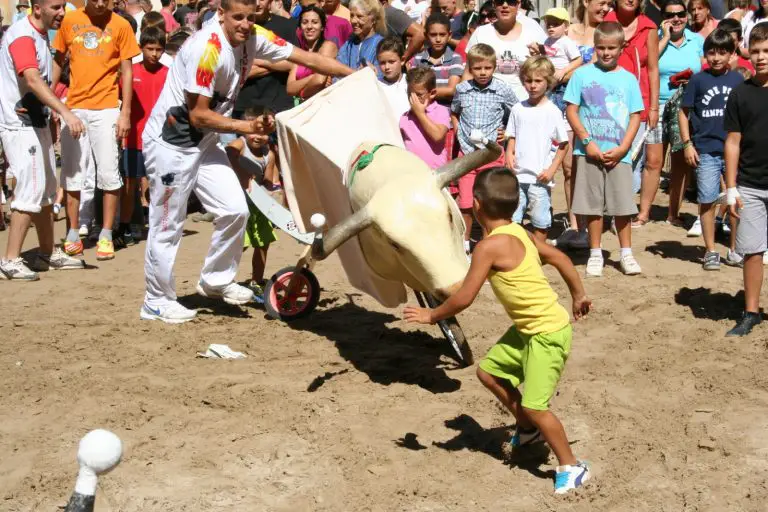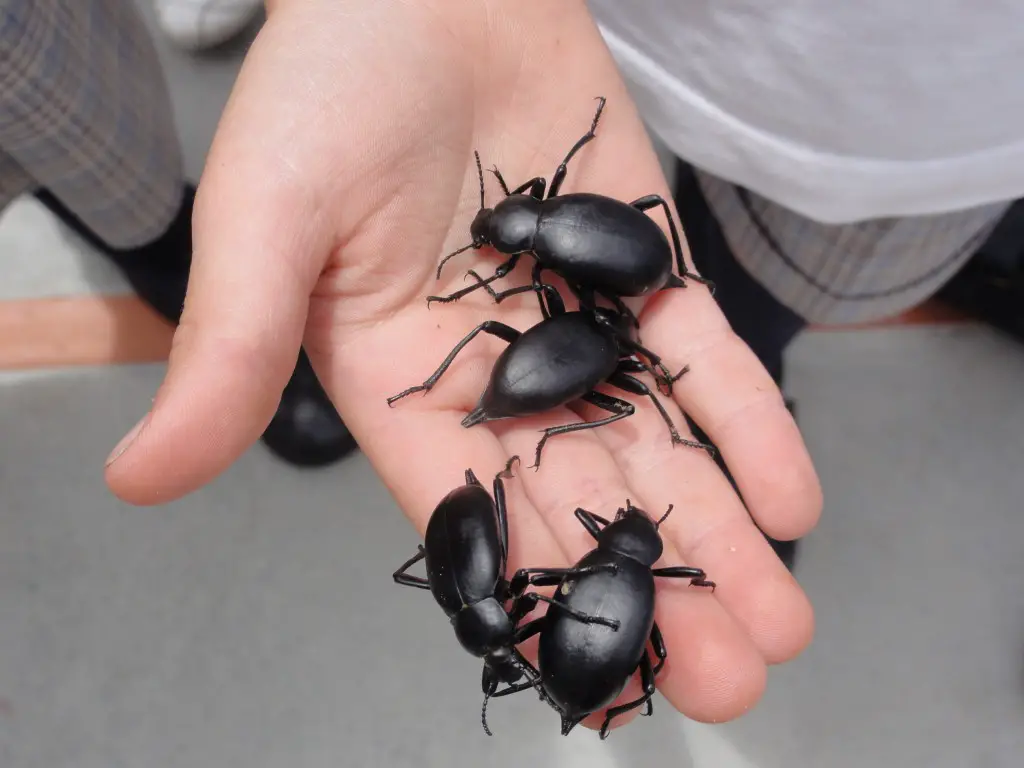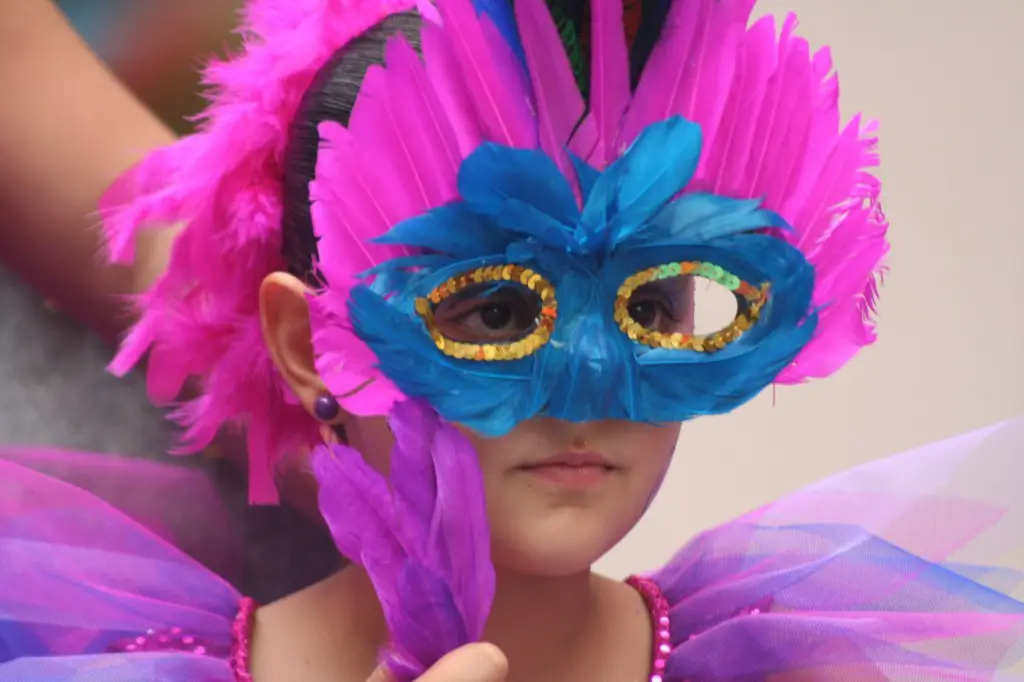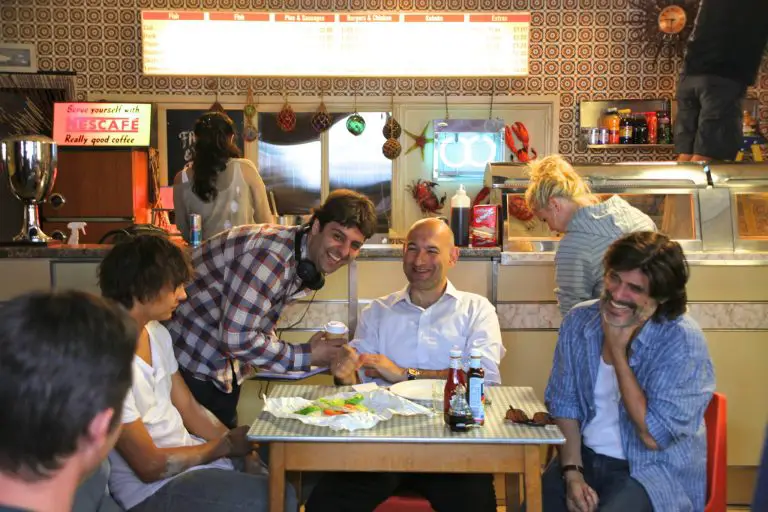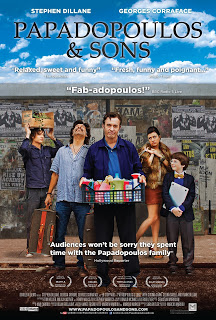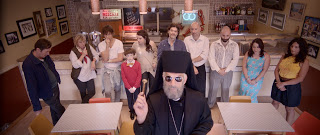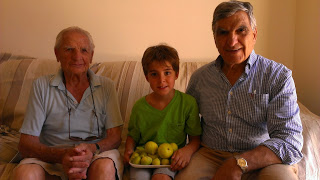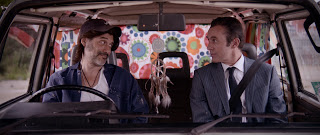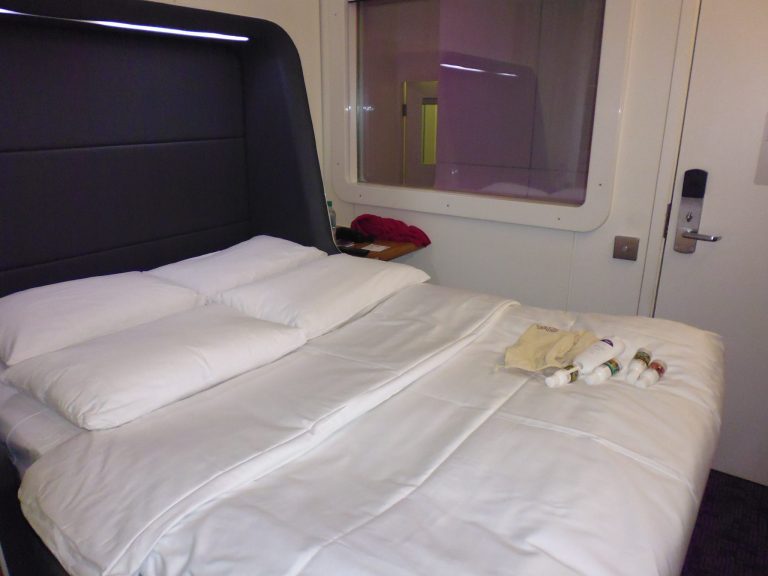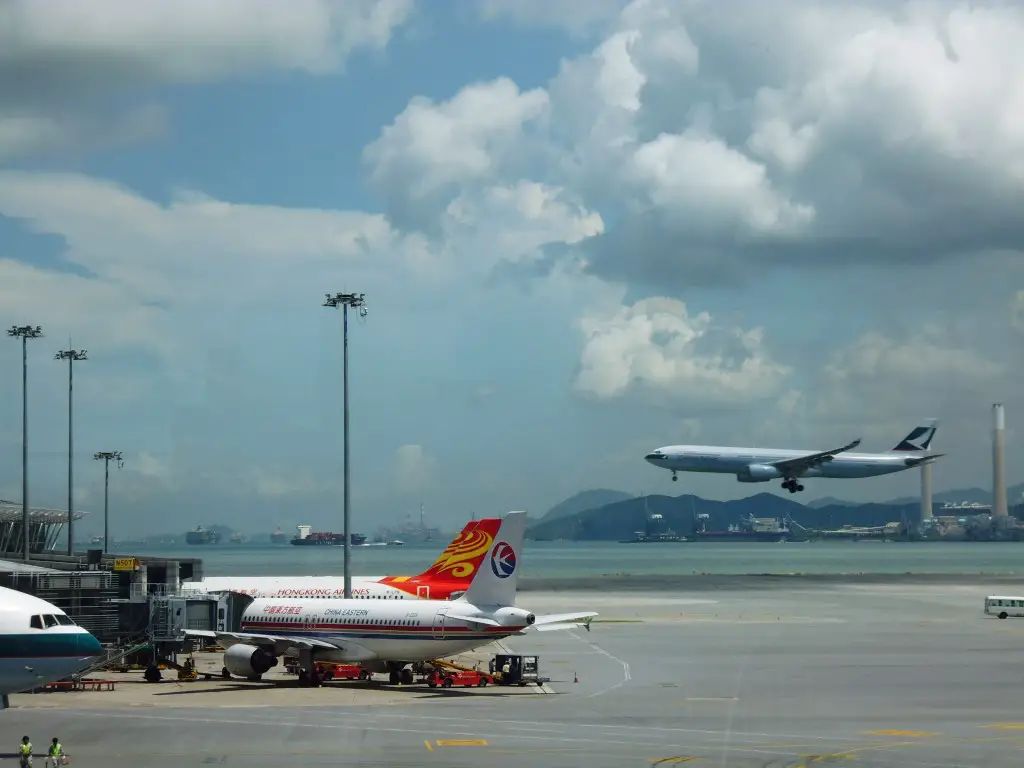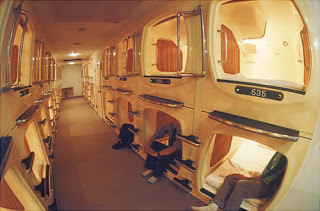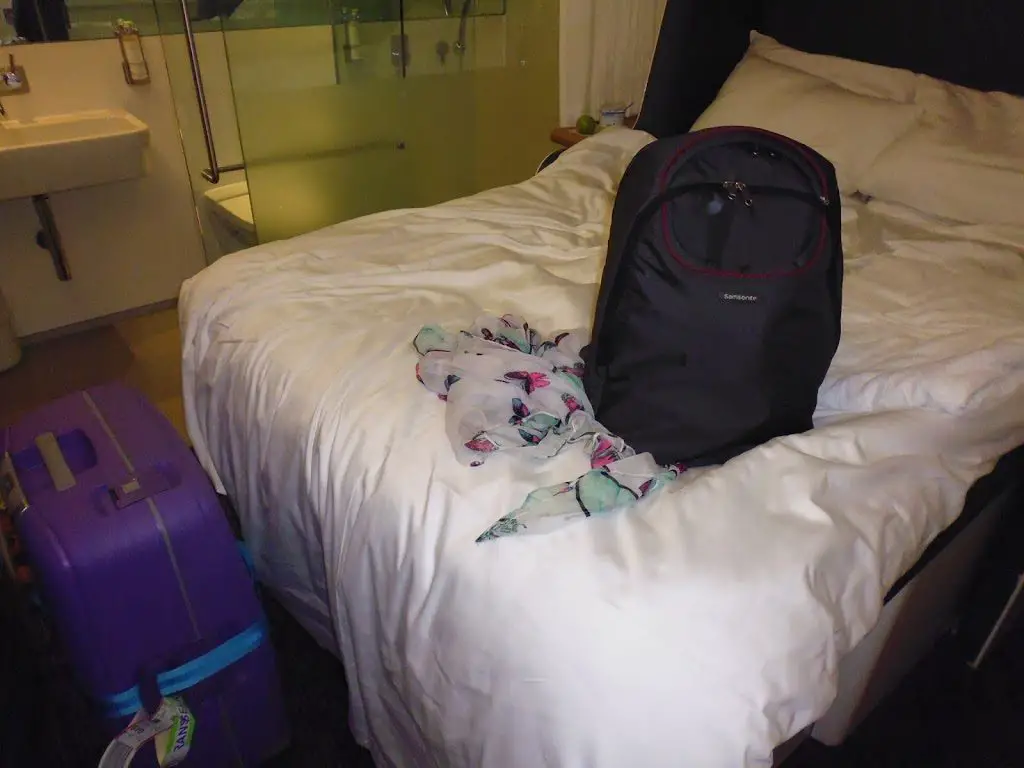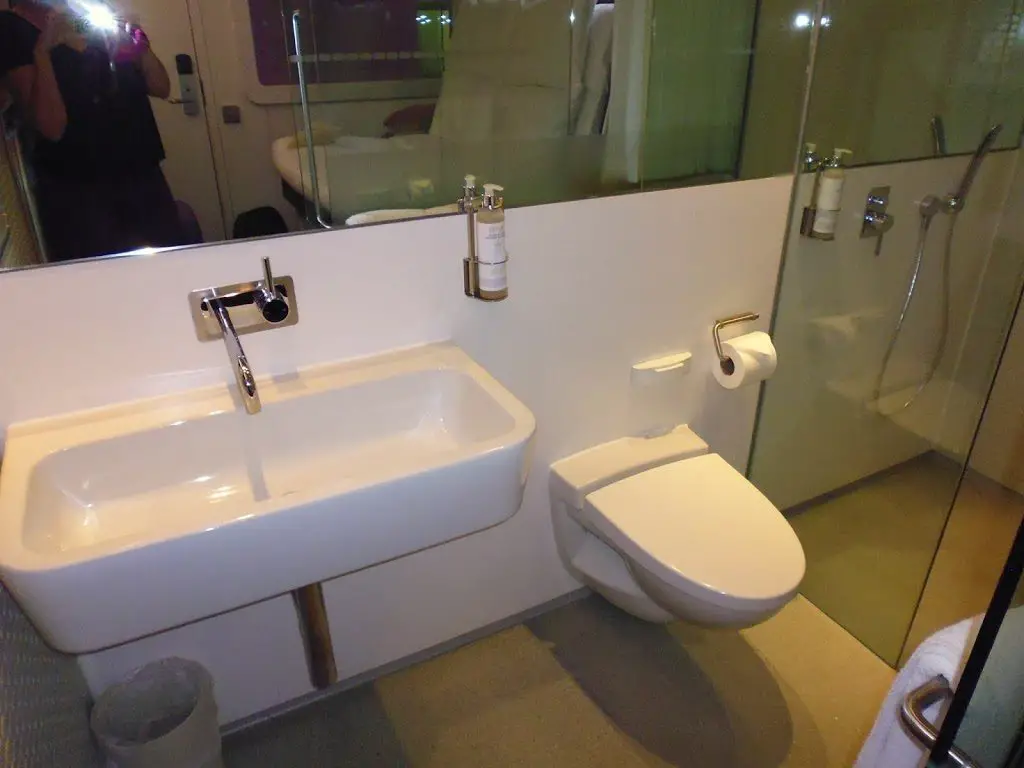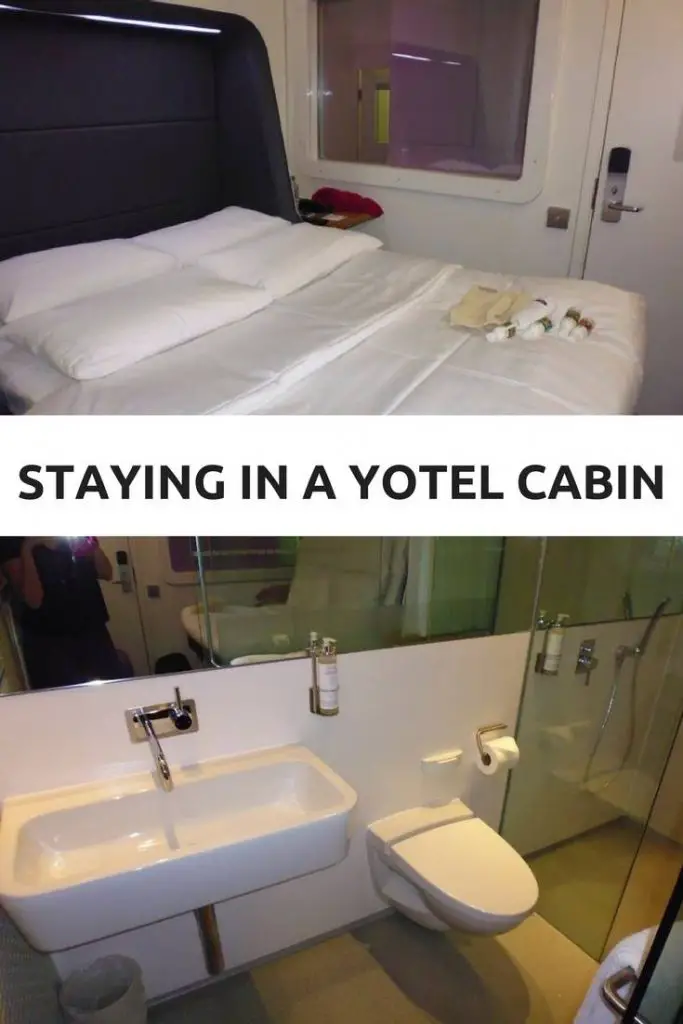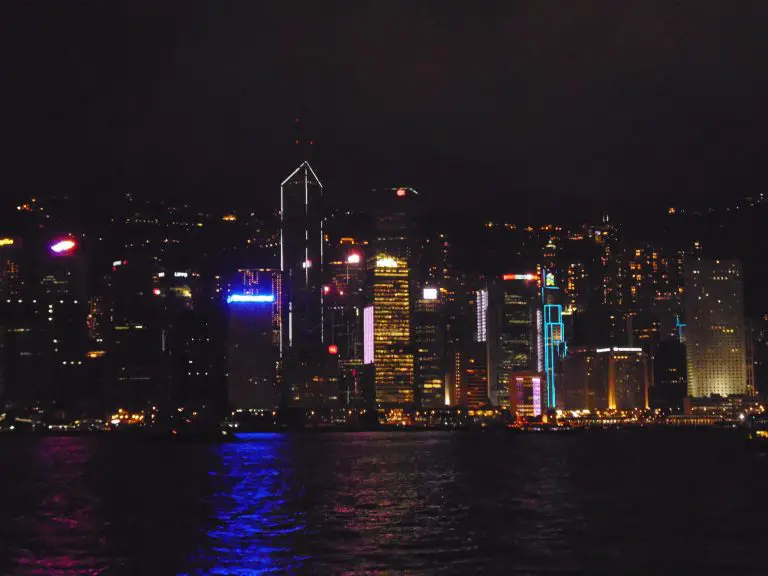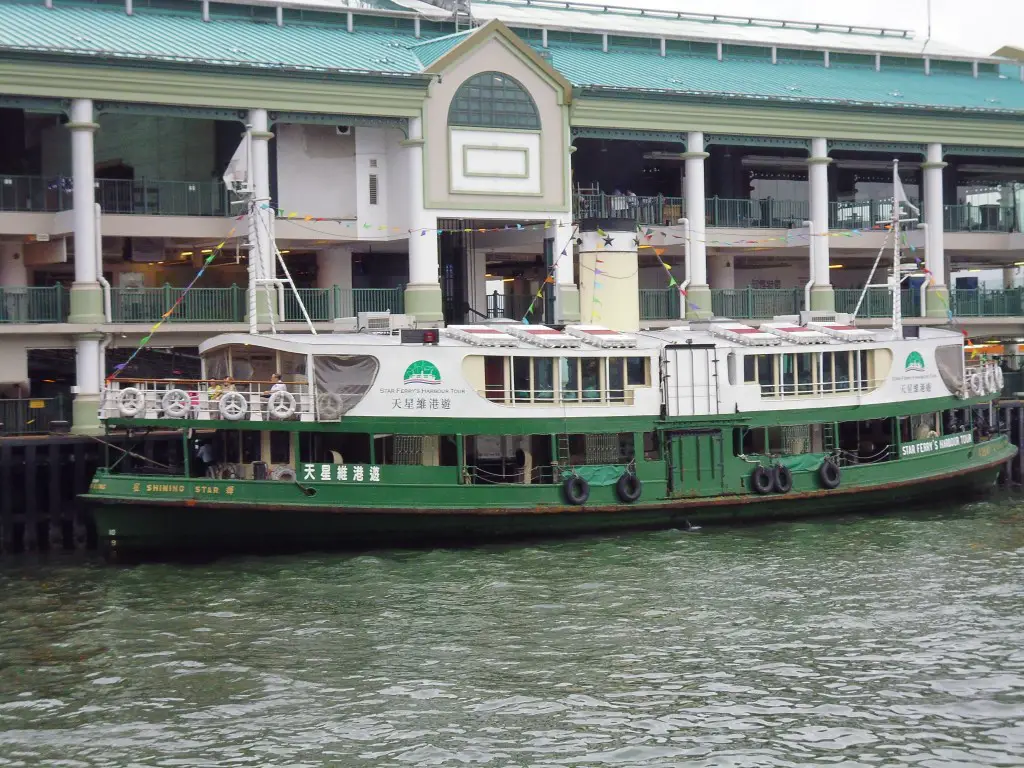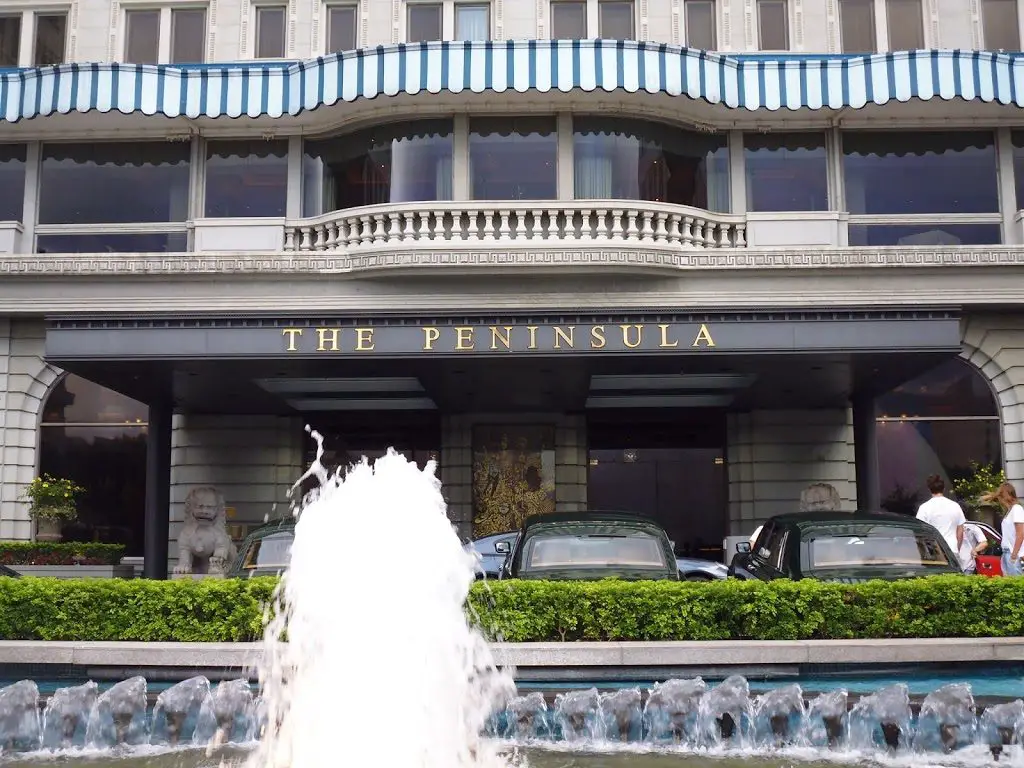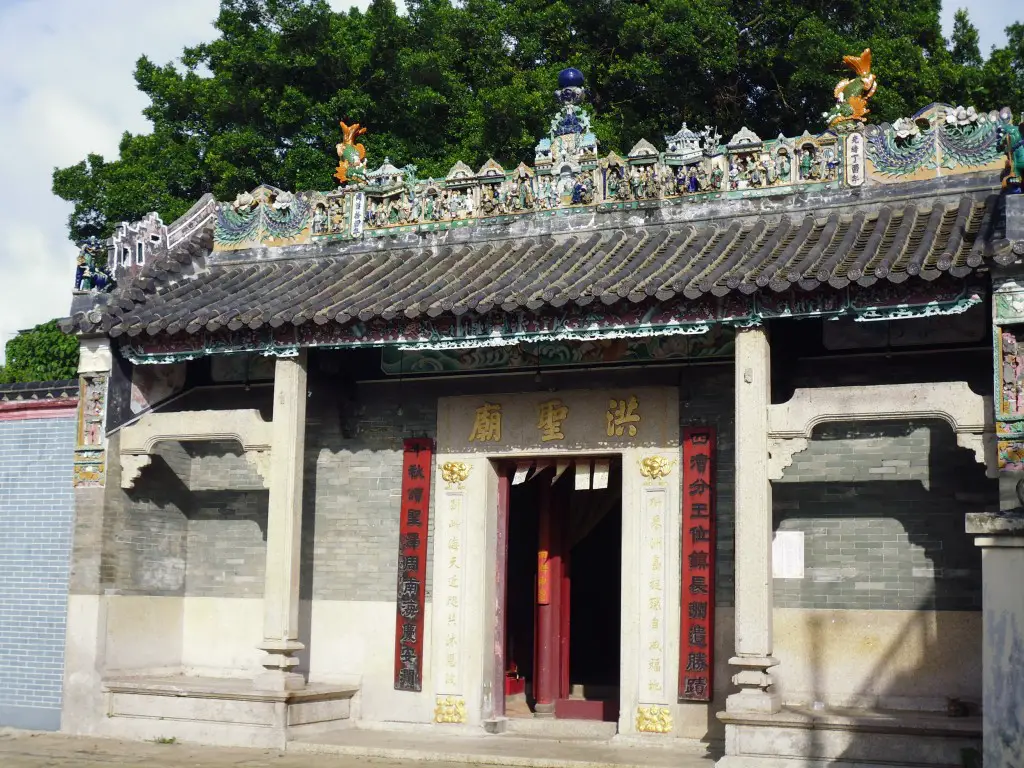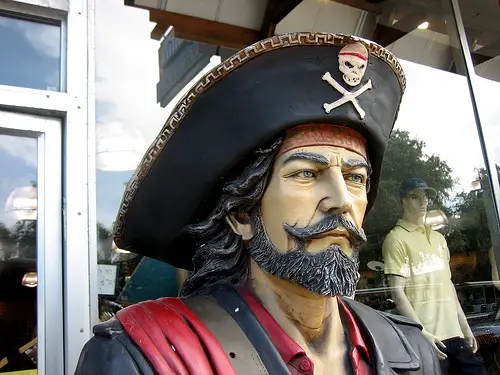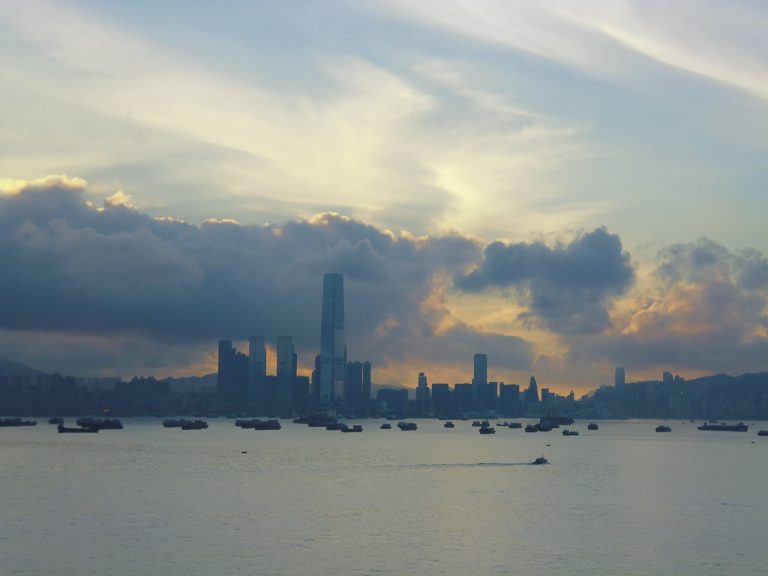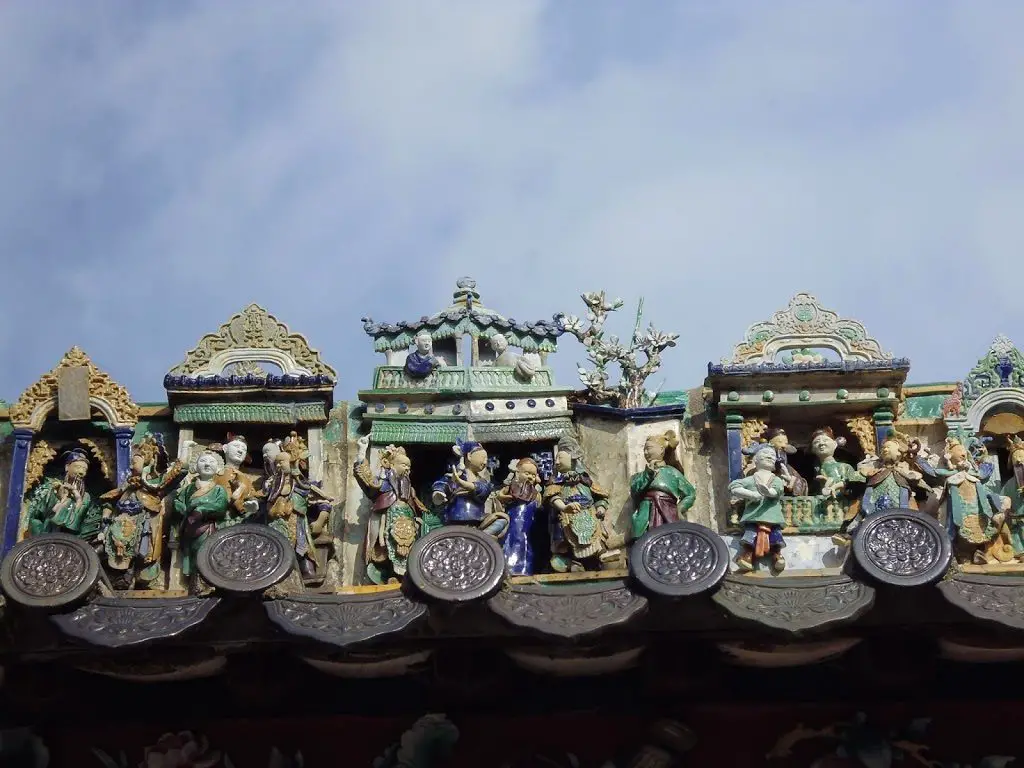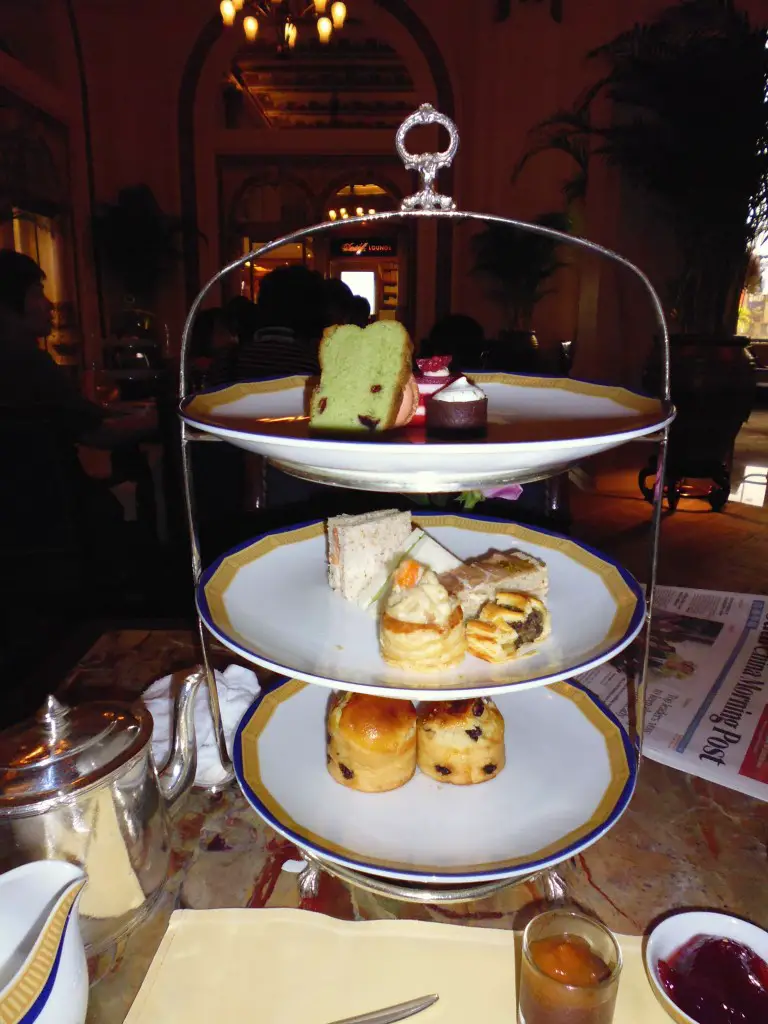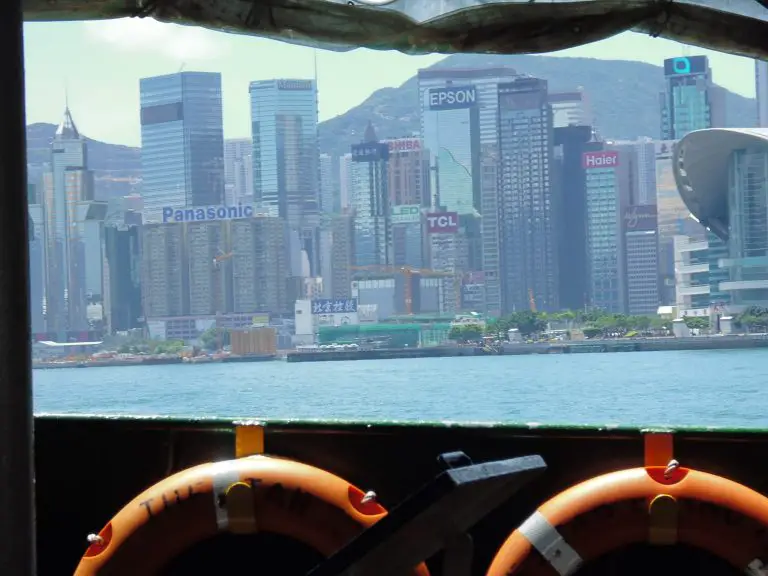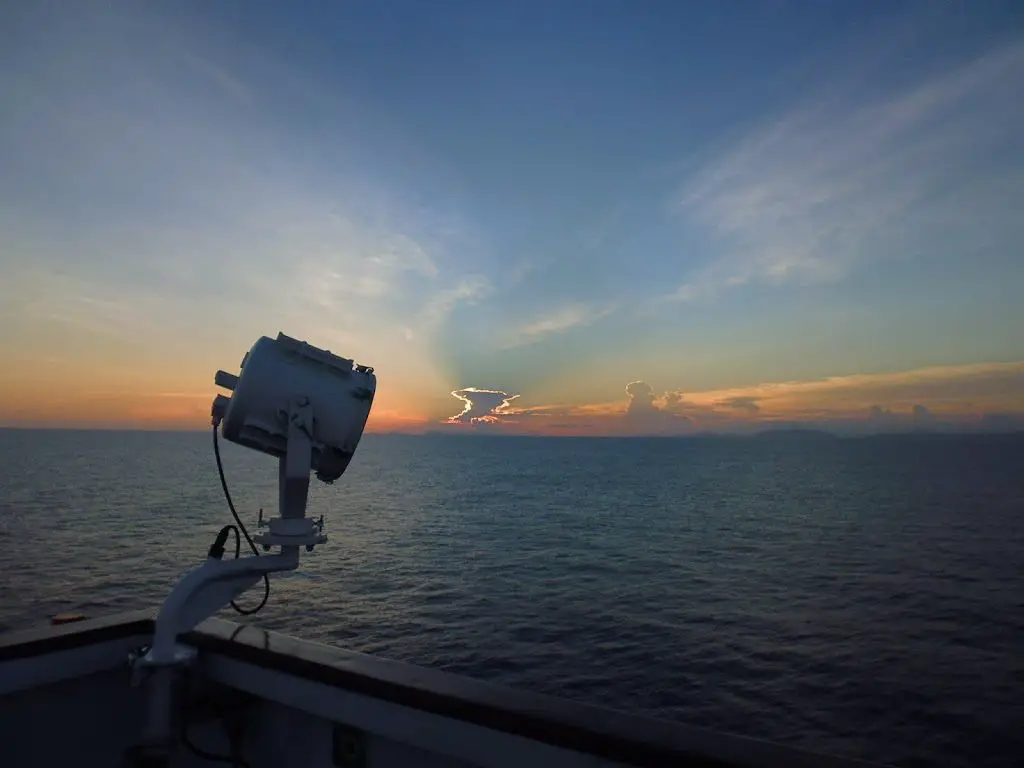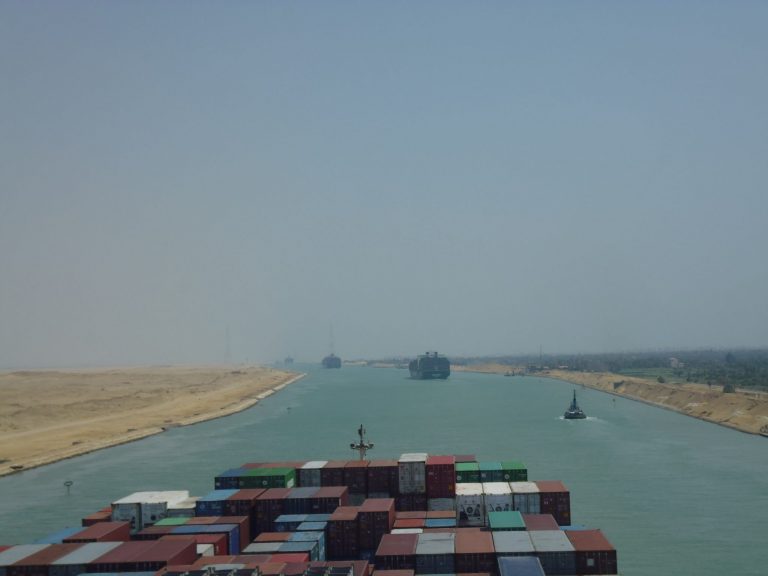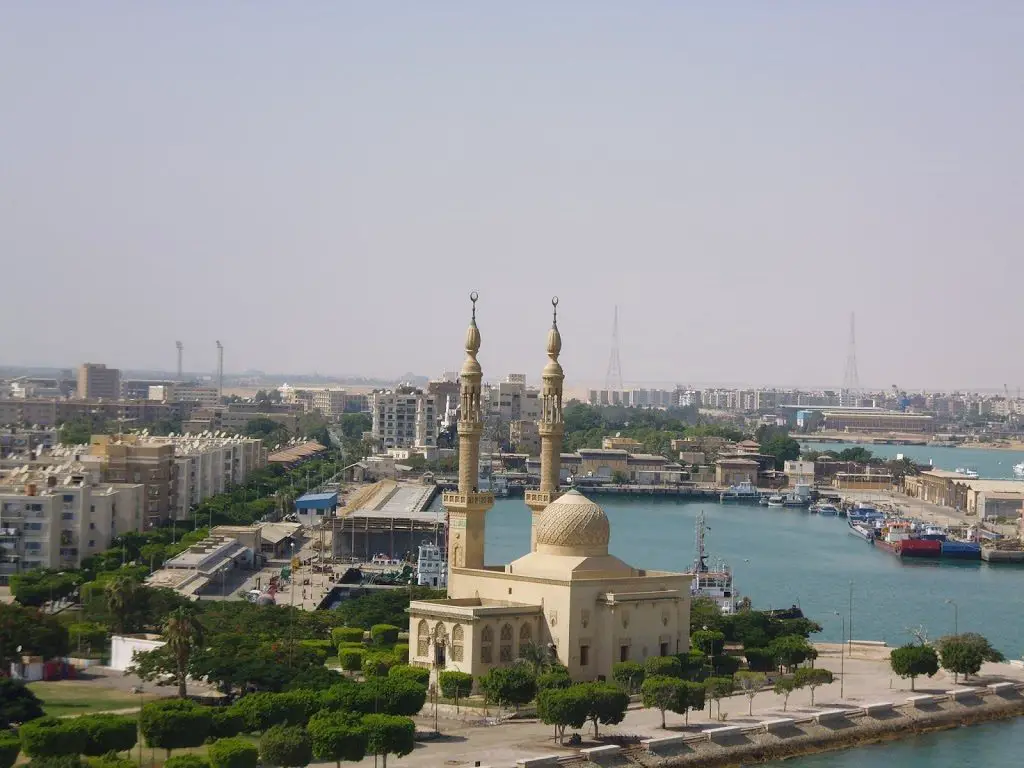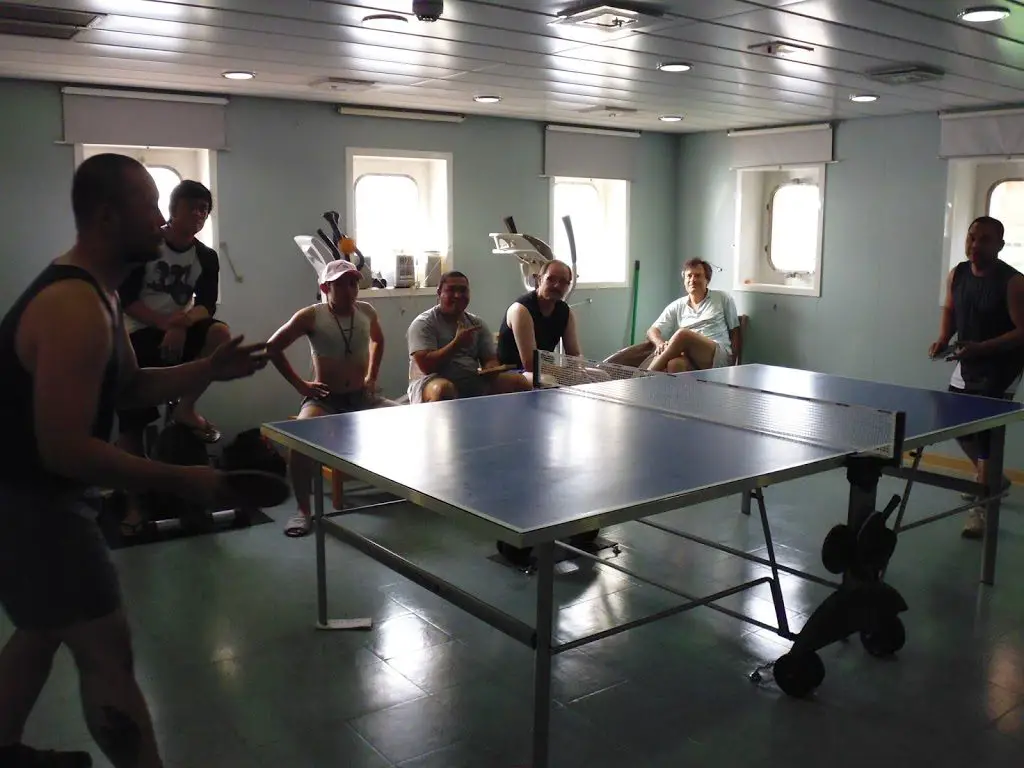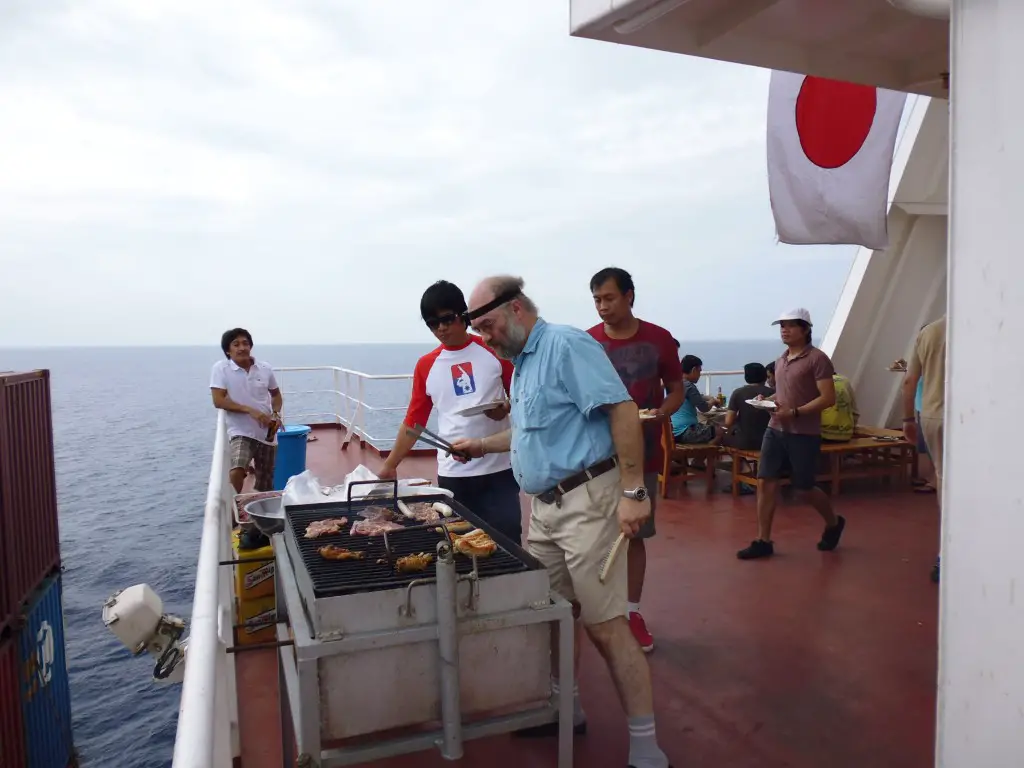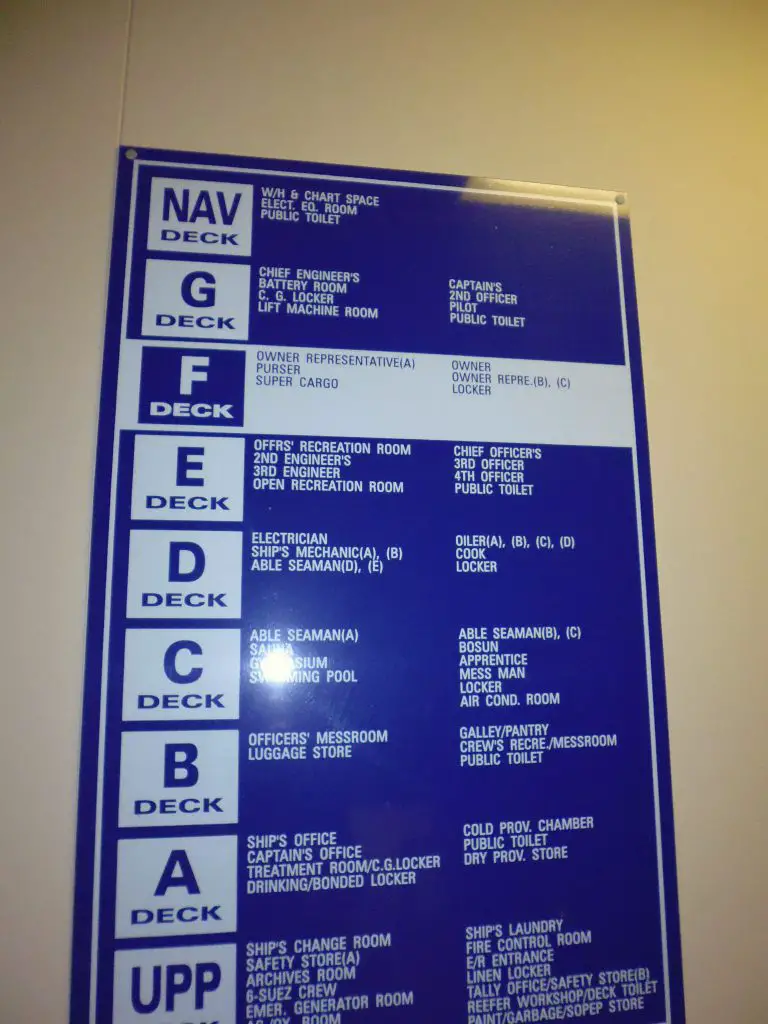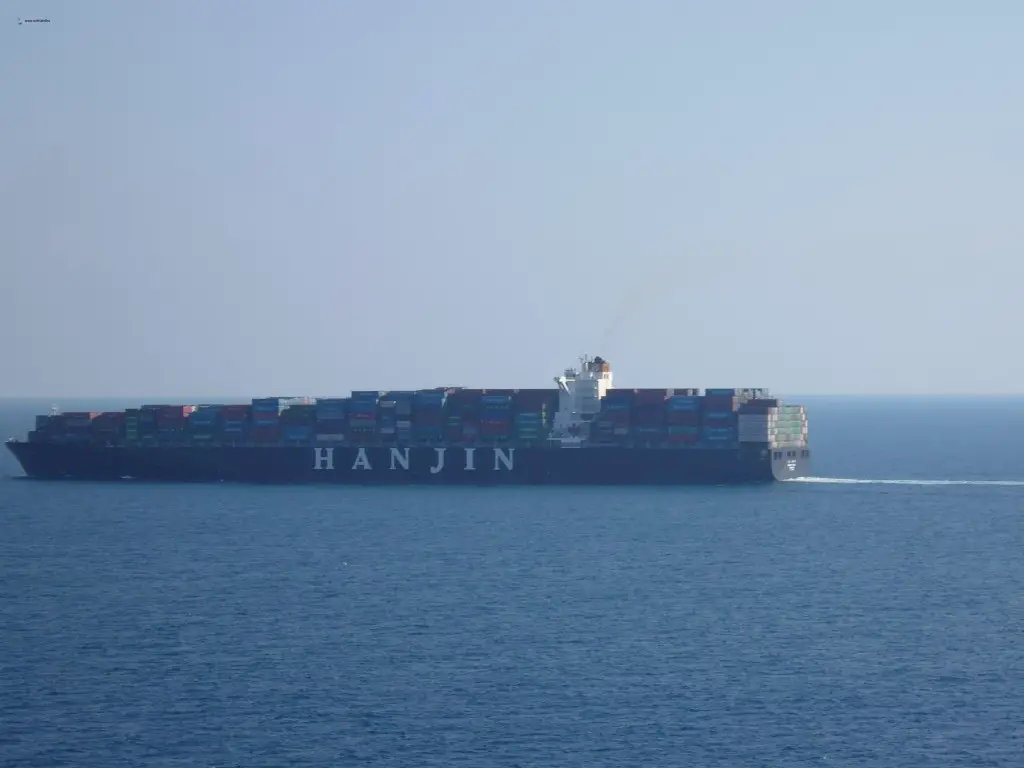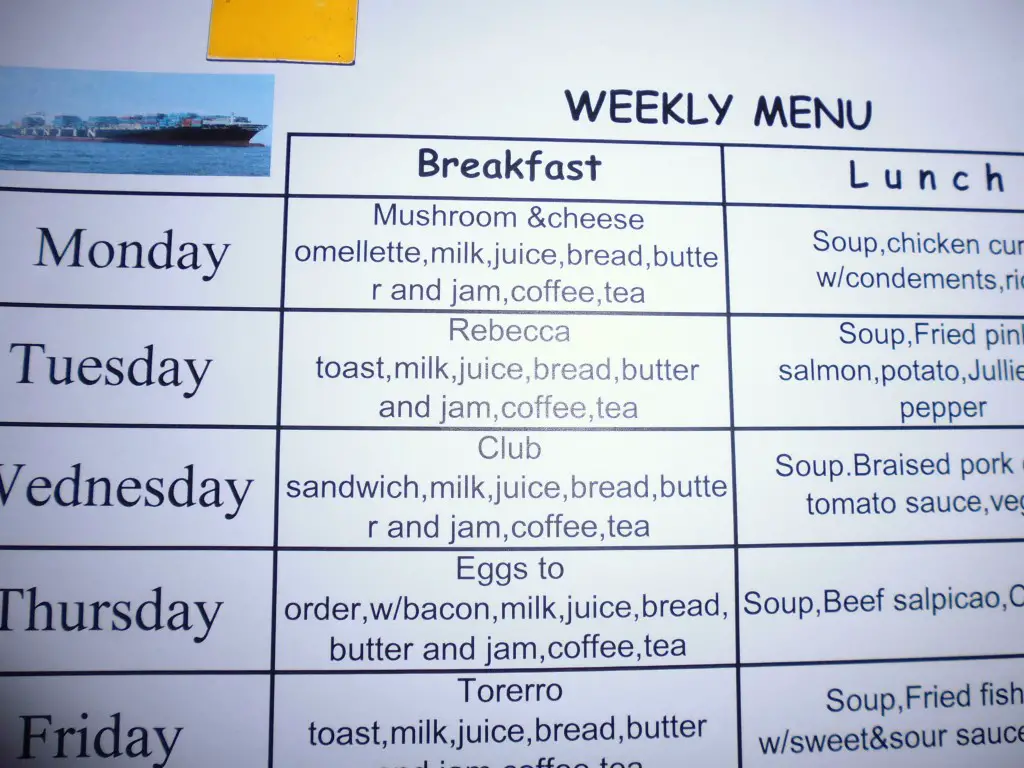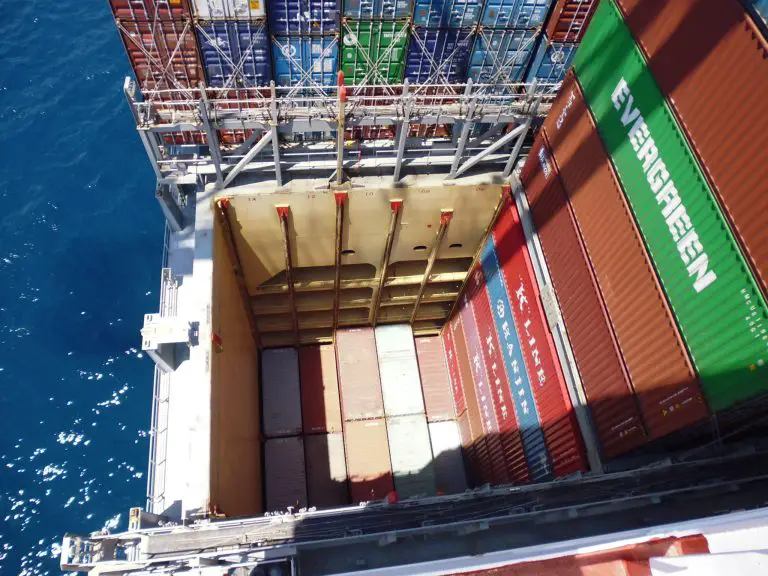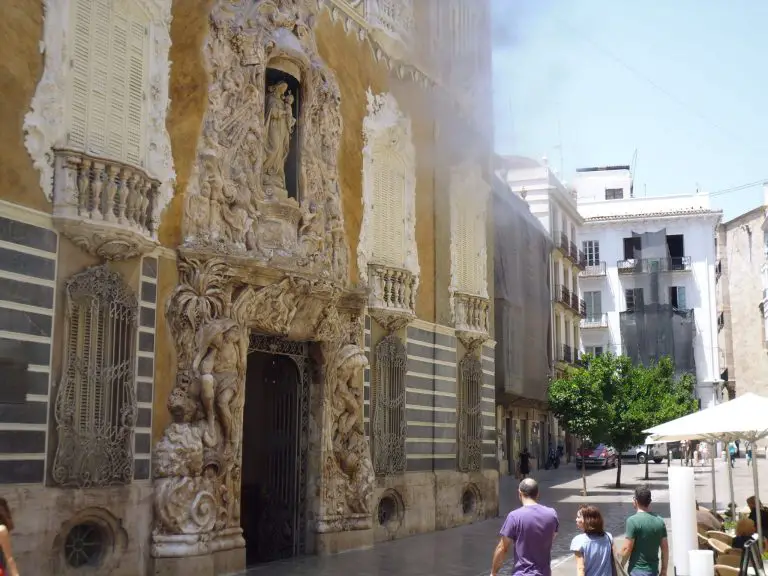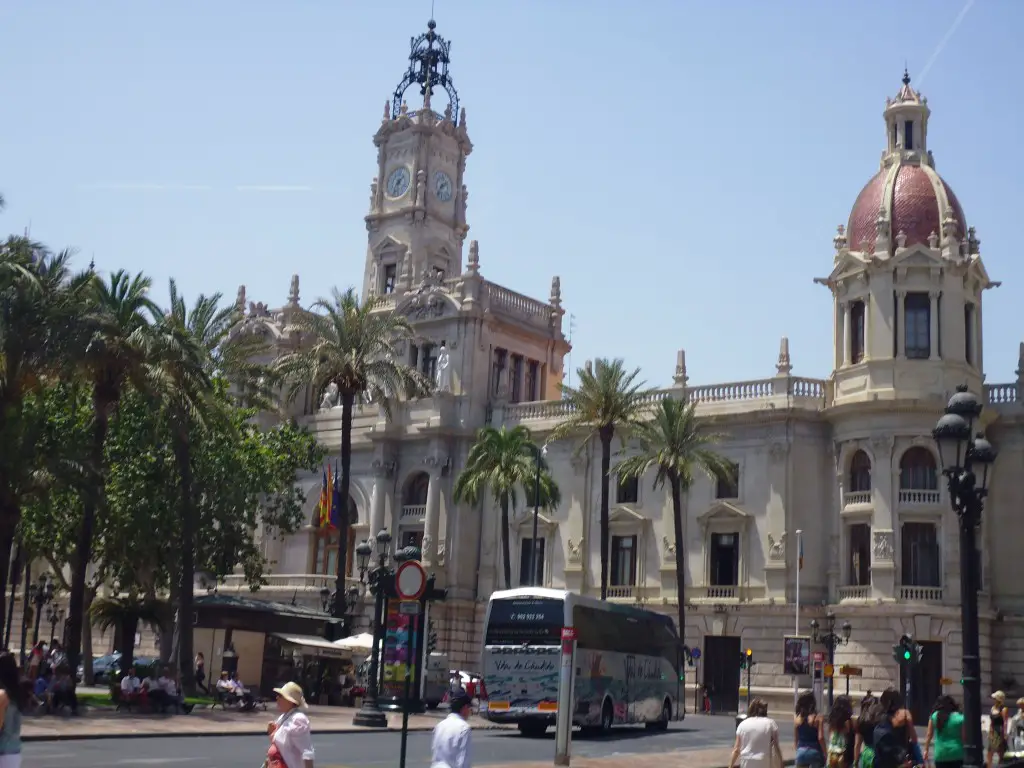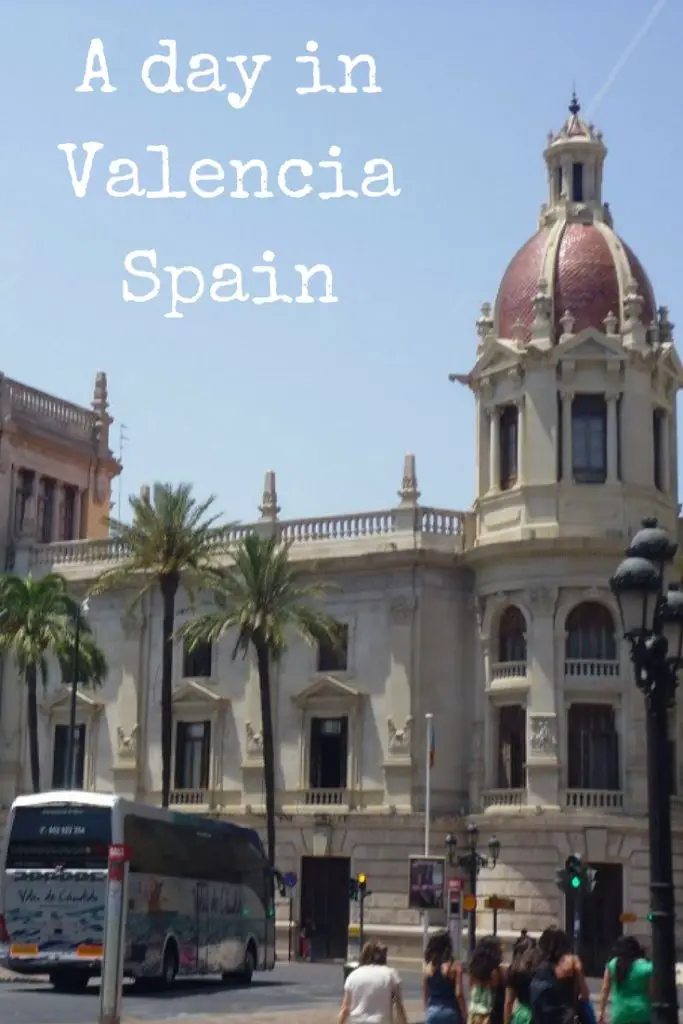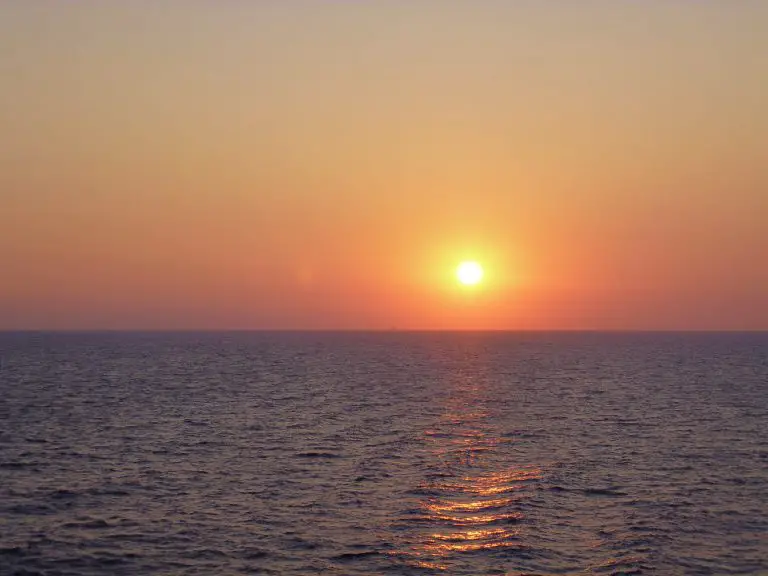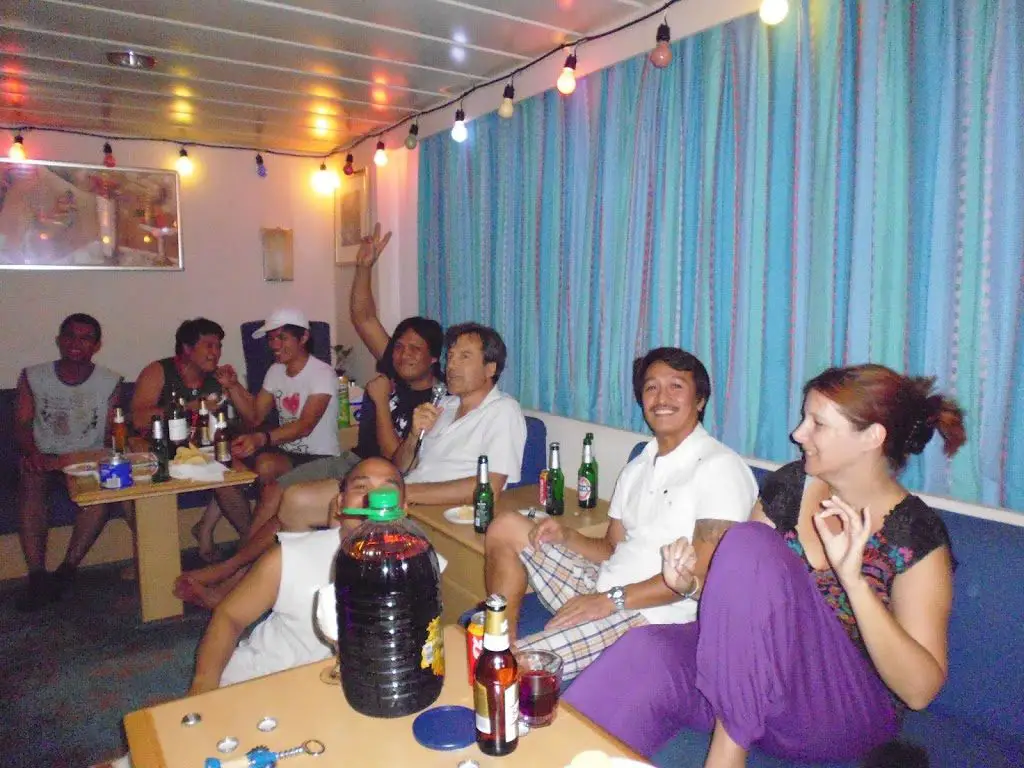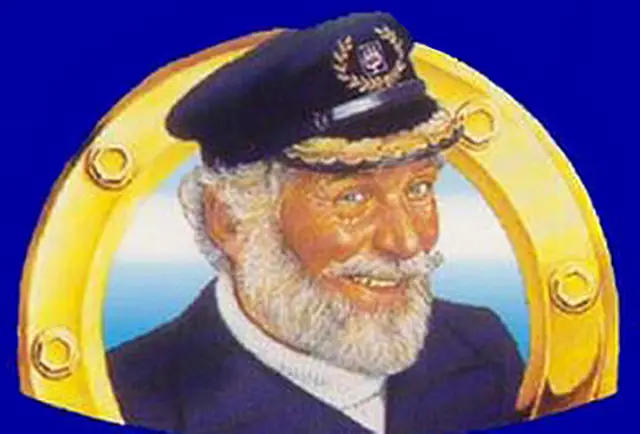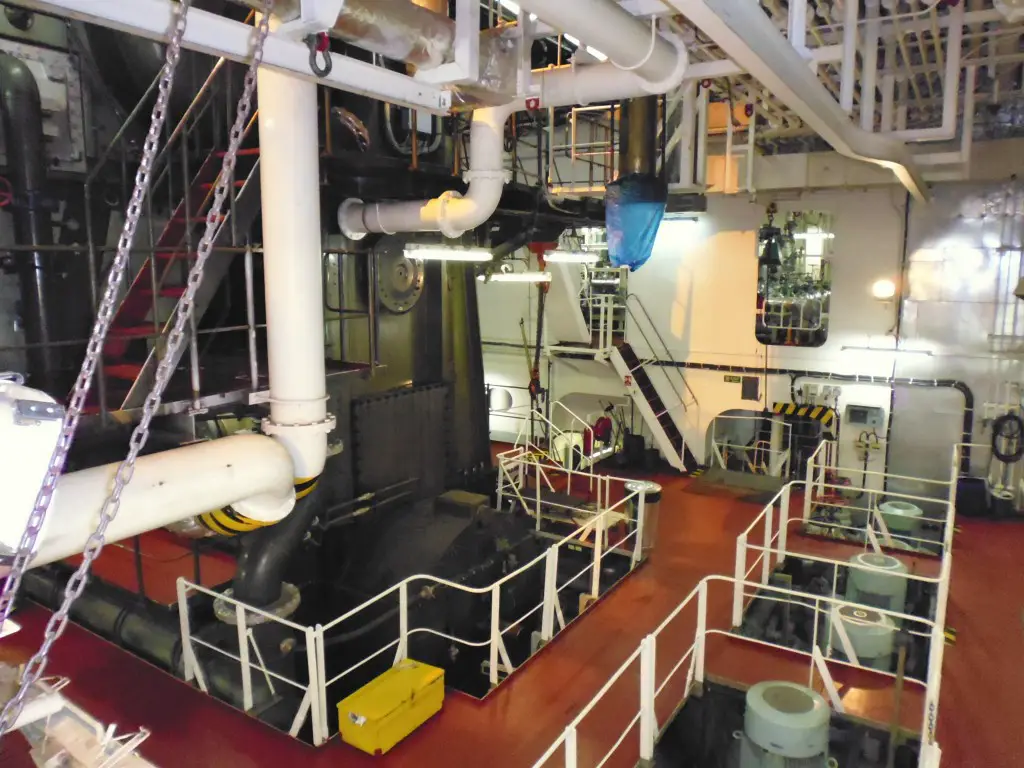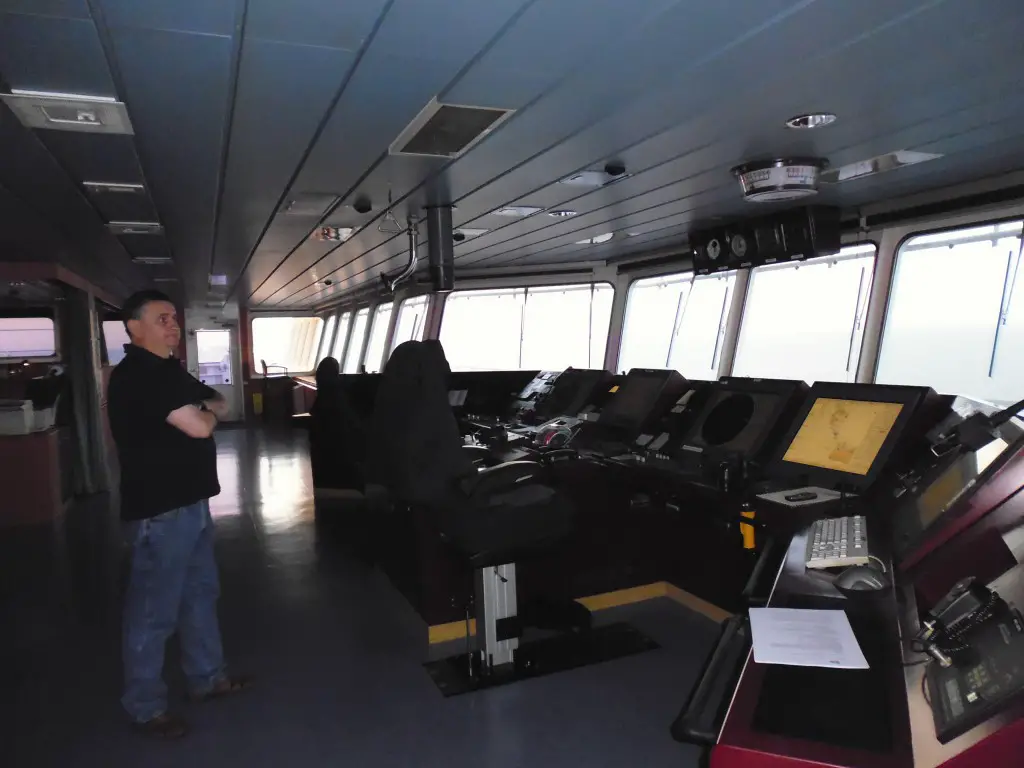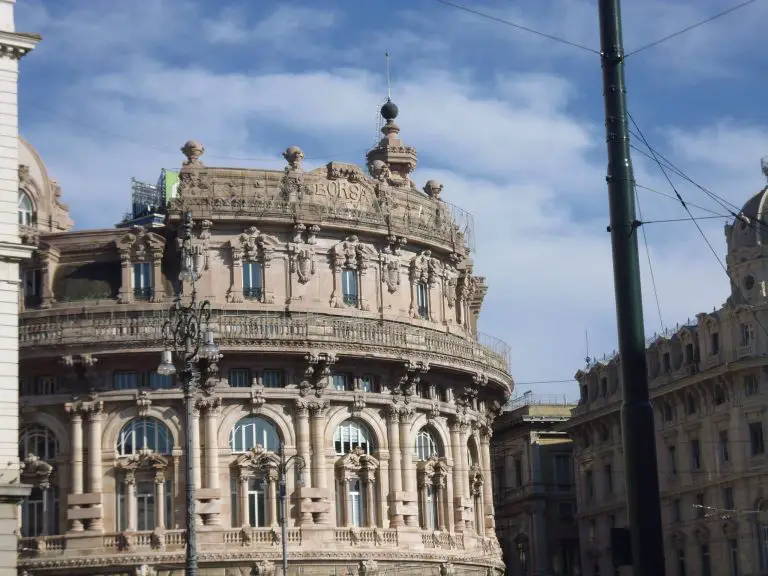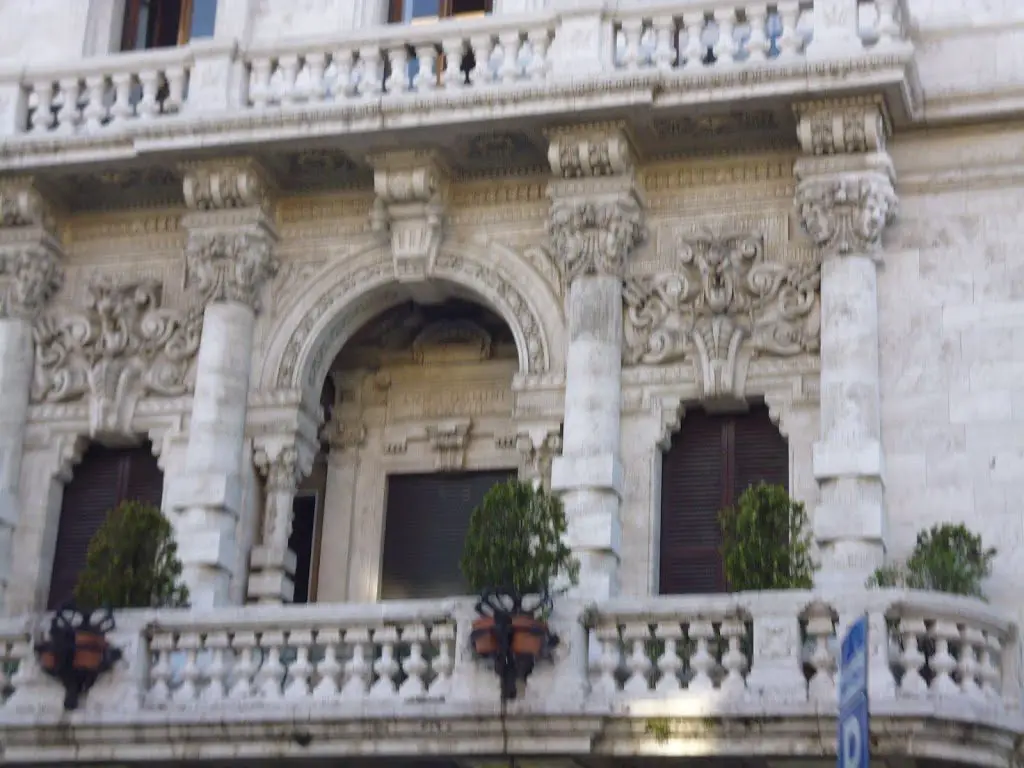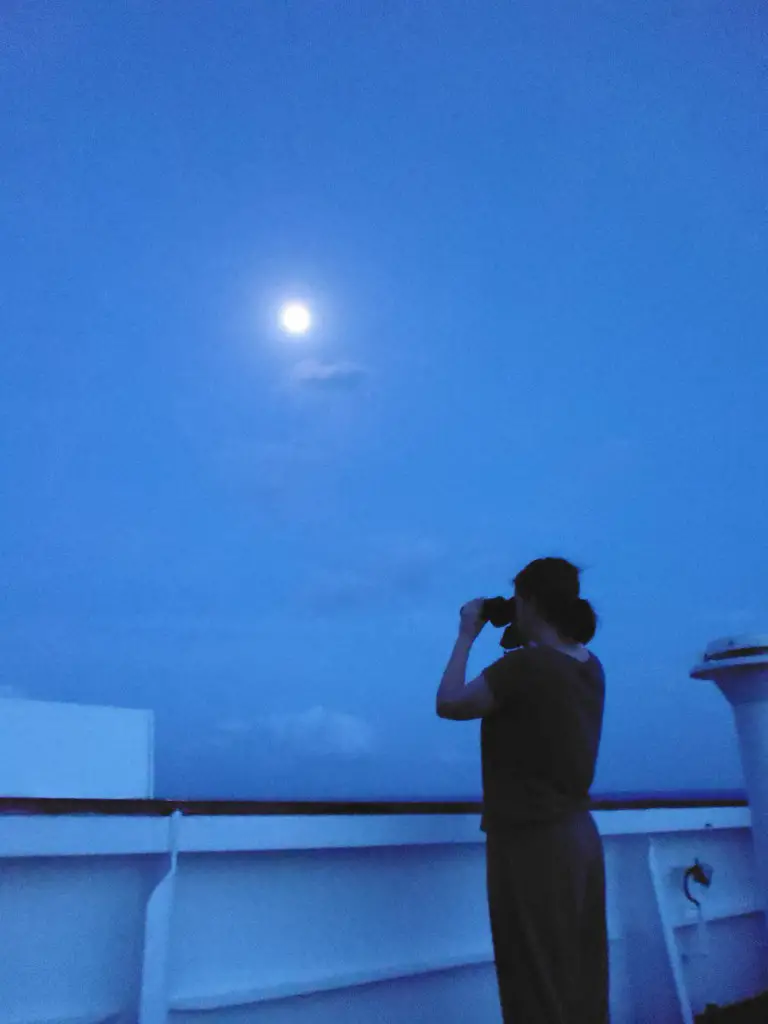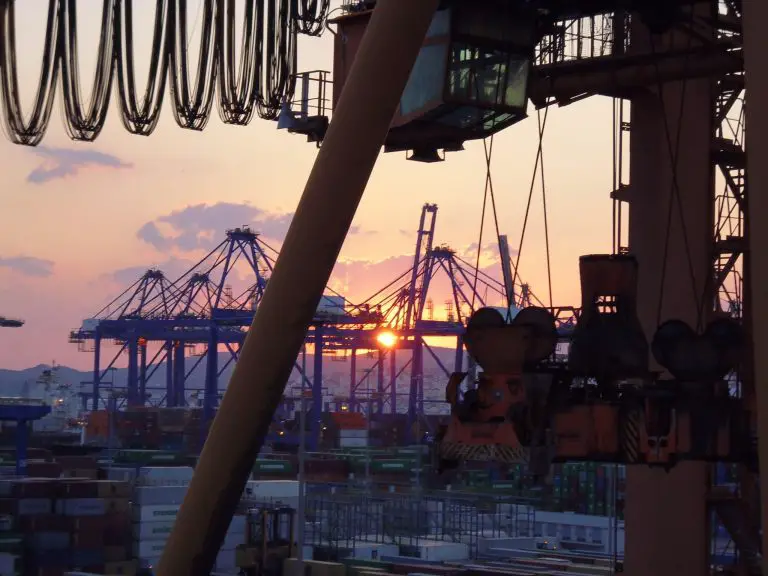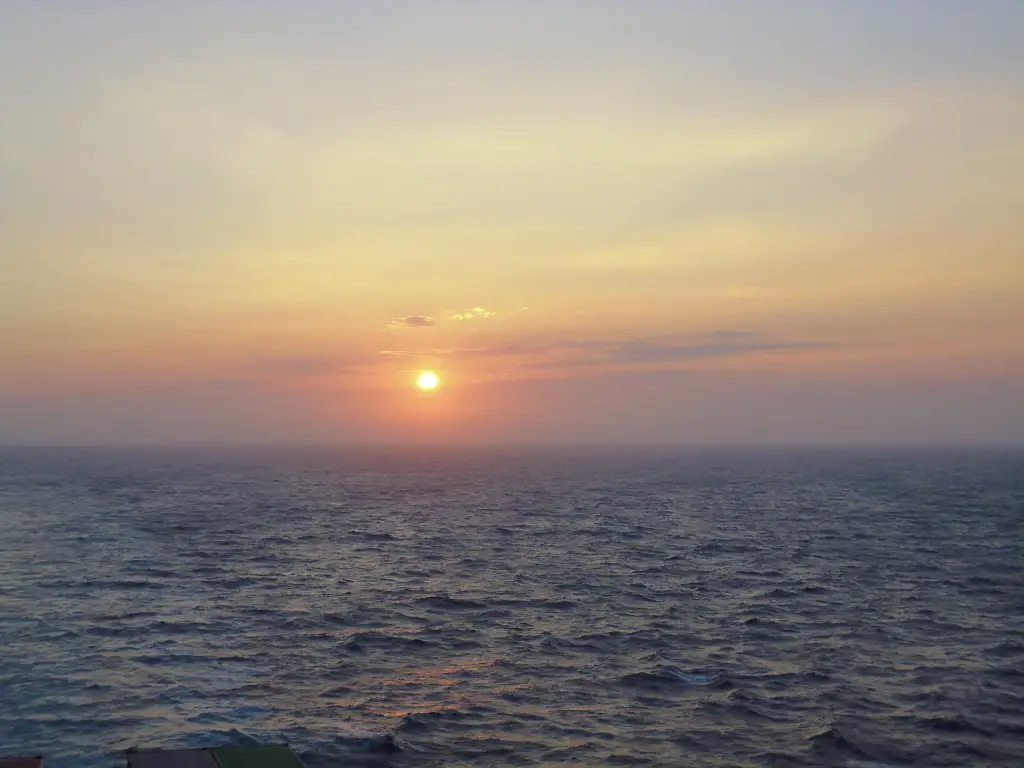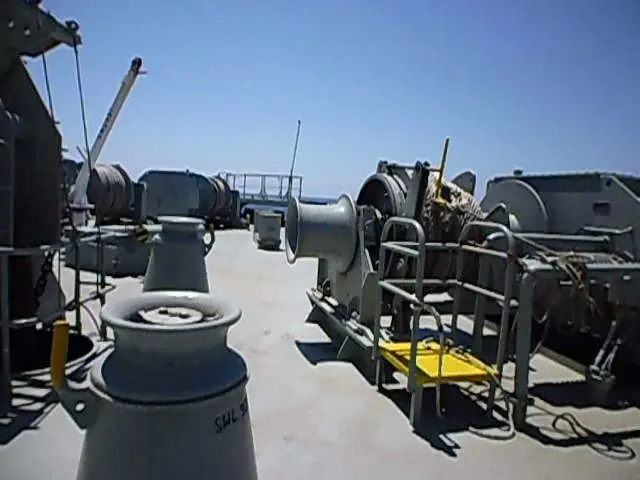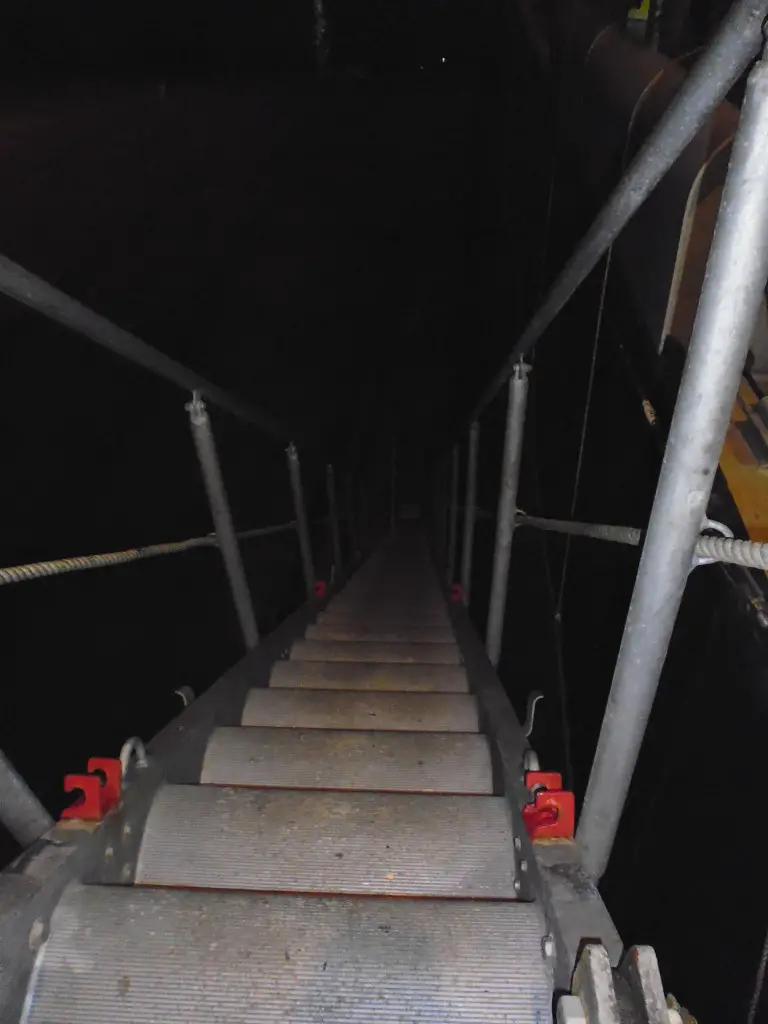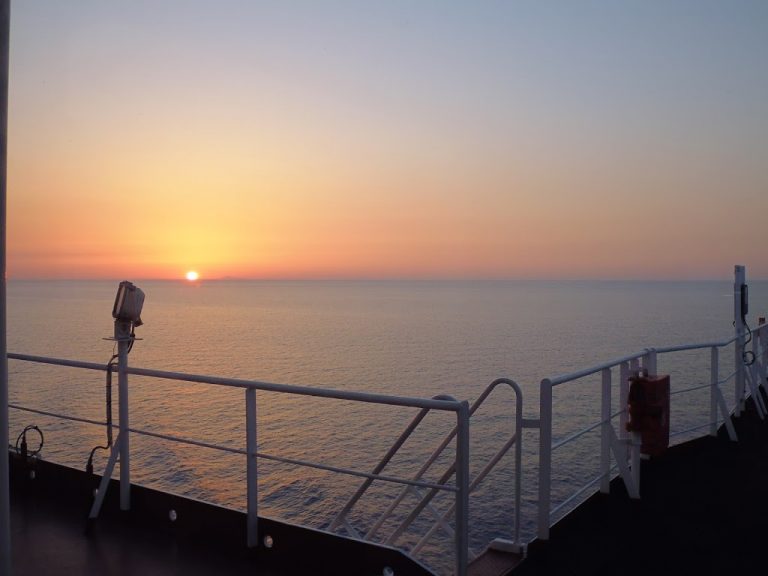Greece seems to be very popular at the moment regarding the location and theme for various films.You’ll already have seen my twenty-four hours spent on the island of Aegina with “The Journey” film crew. You’ll have also read my interview with Marcus Markou about “Papadopoulos & Sons.”
Today Bex talks to James Collins, resident of Symi, creator of blog Symi Dream and Producer & Scriptwriter of The Judas Curse— a new horror film. It recently reached its funding pledge through the Kickstarter Campaign and because of its success, will start filming in October 2013 on the Greek island of Symi, near Rhodes.
Synopsis
When Chris finds out his dead father’s legacy is no more than a mysterious riddle only he can solve, he’s not interested. He just wants to pay a flying visit to the remote Greek island where the old renegade died, sort out his belongings, and go. But it’s not that simple.
Meeting a beautiful, mysterious woman, Stavroula, Chris learns his father died investigating an ancient mystery and may have unearthed a valuable treasure. But some secrets are best left buried. His father was working in a desolate, semi-deserted and half-ruined village where the inhabitants are inexplicably killing themselves in horrifying ways. Although Stavroula tries to convince him that because of his father’s meddling, only Chris can save them, it’s not his problem. Until he finds that it is, and realises his life is in danger. Chris is forced to take on the dark, evil force two thousand years old that once again is stalking the island, growing stronger every day. Trying to overcome the Judas Curse, he soon realises that death is just the easy option.
Source: http://www.thejudascurse.co.uk/story.html
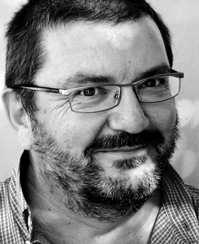 James, thank you for agreeing to this interview. You’ll have seen from my site I am keen to interview authors and, more recently, film directors who concentrate on Greece.
James, thank you for agreeing to this interview. You’ll have seen from my site I am keen to interview authors and, more recently, film directors who concentrate on Greece.
Why was Symi chosen as the destination to film “The Judas Curse?”
There’s something mysterious & magical, sad yet beautiful about…[Symi]
Hands up to that one. The island, and particularly the ruins in the village, inspired me and, when I sent some images and story outline to 1066 Productions, they saw the same potential as I did. The story could in fact be filmed in any village, or any small location, but there is something mysterious and magical, sad and yet beautiful about the lanes of Horio that you won’t find anywhere else. Hollywoodwould spend millions building a set like this; here we have it for free.
You live on Symi and I assume have immersed yourself into island culture. What was your main reason for choosing Symi to live?
I first came to Symi in 1996 and immediately felt that intangible ‘thing’ that draws people back year after year. I also felt inspired to write something during that holiday, and plotted out, and started to write, a novel. When my partner Neil(Gosling – Stills Photographer) and I decided in 2001 that we would like to try living abroad for a year we looked at a couple of other islands first. But having been to Symi three more times by then, we decided that really this was the place for us.
There are some rising actors starring in “The Judas Curse:” British acting talent Kurtis Stacy of Emmerdale and Rebecca Grant of Holby City as well as veteran actor Richard Syms, to name but a few.
How did casting for “The Judas Curse” come about?
[The lead actor Kurtis Stacy] is looking forward to immersing himself into the island’s history and culture – sampling a traditional Greece
Chris Hastings, the executive producer from 1066 Productions, put out casting notices online in the various websites that are used for this and was deluged by applications from agents and actors all over Europe. One of the notices was for a Greek character, Stavroula, and while we had a number of Greeks applying, we also had a number of other nationalities, especially Russians, which was interesting. Some of them made the point that Russian was very similar to Greek, although we weren’t exactly convinced by that from an acting point of view. As it turned out, we did go for a non-Greek, but someone with a mixed Asian and Spanish background, who looks as if she could be Greek. And she really impressed us with her ability to deliver her English lines in a Greek accent. Rebecca Grant also happens to be a cousin of the Queen, as interesting aside, but that wasn’t a necessary qualification for the part. The lead role of “Chris” is a hugely challenging one. This was a really difficult one to cast, but Kurtis Stacey was the only actor who hit all the right buttons and we think he will do a superb job of bringing this demanding role to the screen. We’re really excited about him. Kurtis has been to Greece once before, years ago on a family holiday to Corfu, which he loved. But he’s really looking forward to sampling a quite different type of Greek location, and he wants to immerse himself in discovering the island’s culture and history. We had a number of very well-known veteran actors apply for the part of Frank, all of them had huge potential in different ways, and we not only had a choice of famous names, but a choice of interesting different ways the character could be portrayed. Eventually, we went with Richard Syms because he had one special quality we think will give him an advantage, because in his non-acting life, Richard is also a priest. Wookie Mayer is a huge stroke of luck. We didn’t put her role out to casting because we already knew she was just the person we needed. She plays Helen, a German psychologist carrying out research on the island. Helen is a bubbly, slightly scatter-brained character. Not only is Wookie German, and also a professionally trained psychologist, she also happens to be a Symi resident and knows the island well.
For me, it’s good to see that some of the cast are familiar with Greece and are looking forward to returning for a more traditional experience. One of the main things that attracted me to “The Judas Curse” is the fact it’s going to be empowering the local economy through employment throughout filming, and beyond hopefully.
How do you see “The Judas Curse” assisting Greece and the people of Symi? Are the people of Symi excited about the project too?
The Mayor [of Symi] was one of the first people to warmly invite the production and offer help and advice.
We, Neil and I, have been down in Yialos for coffee and had people calling out ‘can I play the killer’ and other fun things, so it seems that here is a bit of a buzz around the place already. We’ve not had anyone say anything against the idea of a horror film being shot here, in fact the Mayor was one of the first to warmly invite the production and offer help and advice. We’ve had some messages back and forth with local community representatives, and, as we write this, we are now about to start looking at schedules and what and who is needed. We certainly hope that we can find some local Symi young people who are interested in a career in film and give them the chance to help on the shoot, thereby giving them valuable experience to add to a CV. We will soon be putting feelers out, as they say.
Beyond that, we hope that the film will do well and will get Symi some more attention. Already there have been articles in British and Greek newspapers, and Australian ones actually, and so even before shooting has started the island has come to the attention of many more people that it might have done otherwise. And all anyone needs to do is show an image of the harbour, or the village or the people, and those images will speak for themselves. We don’t need to sell Symi, it sells itself. But having it as a backdrop and a character in its own right in another film will mean more people will see it, and then hopefully consider it as a place to visit. If the film brings only one new visitor to the island, I shall be happy.
Thanks James, it was great interviewing you and finding out more about and your motivations behind this great project.
All photographs–except initial one of James Collins–courtesy of Neil Gosling – Stills Photographer for The Judas Curse. Follow Neil here: Symi island: Photos: Daily Blog: Information Facebook Twitter

